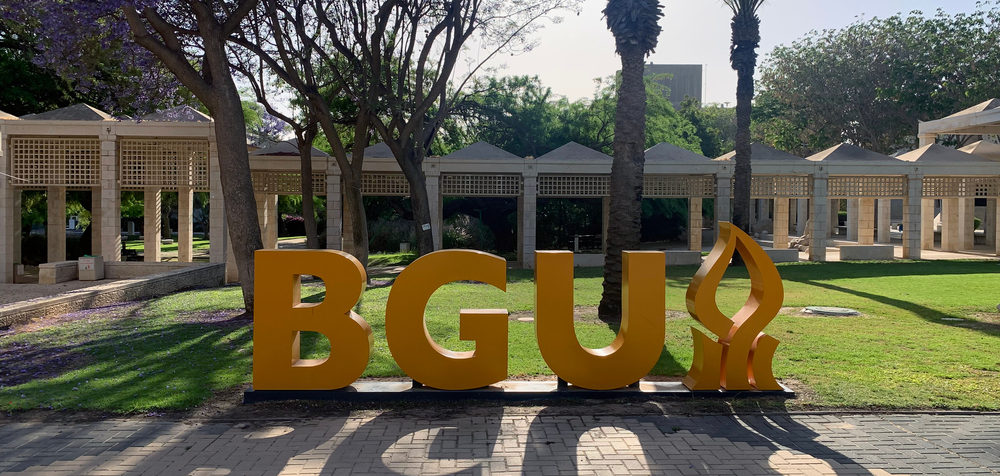
Engineers at Ben-Gurion University (BGU) of the Negev in Israel have developed a very fast and efficient amphibious robot with potential uses in search and rescue operations and marine agriculture. The bot relies on an undulating motion that can be used for both crawling and swimming.
The AmphiSAW’s aquatic mobility was inspired by the movement of flippers, and its land movements were inspired by centipedes. The researchers state that it is reliable, simple to design, lightweight, and low-cost. It has a total length of 51.3 cm, a width of 16.4 cm, and weighs 1245 grams with its batteries and control boards. Its body is mainly 3D printed.
Its waterproof motor housing holds three motors (one for rotating the helix and two for rotating the legs or wheels), a controller with a global positioning system (GPS) receiver, and batteries. The robot is fitted with a wave propulsion mechanism, which generates a traveling sine wave using a single motor.
On land, AmphiSAW is capable of crawling at a speed of 1.5 body lengths per second (B/s) and swimming across the surface of the water at 0.74 B/s. It can be fitted with legs or wheels at the front, which can further increase its performance, especially when traversing uneven terrains.
“The single motor and bioinspired design contribute significantly to the robot’s efficiency, and the relative simplicity of its design means it is scalable to any size,” said Dr. David Zarrouk, an engineer at the Ben-Gurion University of the Negev. Journal reference:
